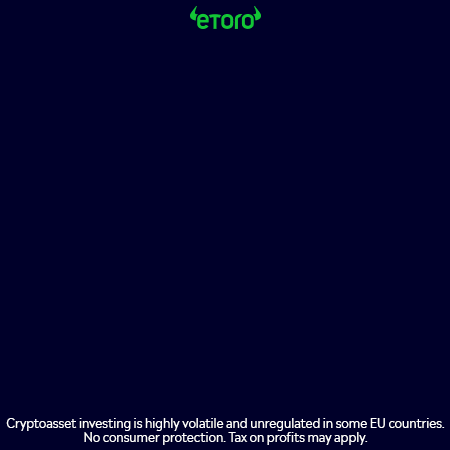Halfway through 2022 the RBI is at the proof-of-concept stage. This allows RBI to verify the feasibility and operation of launching a CBDC.
India’s decision in 2022-23 to create an in-house digital currency (CBDC), was further confirmed by the Reserve Bank of India (RBI). The RBI proposed a three-step, graded approach to roll out CBDC “with minimal or no disruption” to traditional financial systems.
While discussing the budget for 2022 in February, Indian finance minister Nirmala Sitharaman mentioned the launch of a digital currency as a way to give a “big lift” to the digital economy. The RBI released Friday’s annual report examining the pros and cons to introducing a CBDC.
The RBI highlighted the need for India to have a CBDC that complies with India’s goals related to “monetary stability, financial stability, efficient operations of currency, and payment systems”.
This is why RBI is currently studying the design elements of a CBDC to ensure that it can co-exist with the existing fiat system. The Indian Finance Bill 2022 which imposed a 30% crypto tax for unrealized gains also provides legal guidance for the launch a digital rupee.
“The Reserve Bank proposes a gradual approach to the introduction of CBDC. It will go step-by-step through stages of Proof of Concept and pilots, before finally launching.”
Halfway through 2022 the RBI is at the proof-of-concept stage. This allows RBI to verify the feasibility and operation of launching a CBDC.
On May 17, officials from the RBI warned against crypto adoption, citing the risk of Indian economic “dollarization”.
Cointelegraph reported that key RBI officials, including Governor Shaktikanta das, raised concerns about the U.S.-dominated cryptocurrency market. Unnamed officials stated:
“Almost all cryptocurrency are dollar-denominated, and are issued by foreign private entities. It may eventually lead to dollarization a portion of our economy which would be against the country’s sovereign interests.”
They added that “it [crypto] will seriously undermine RBI’s ability to regulate the monetary system and determine monetary policy in the country.”










